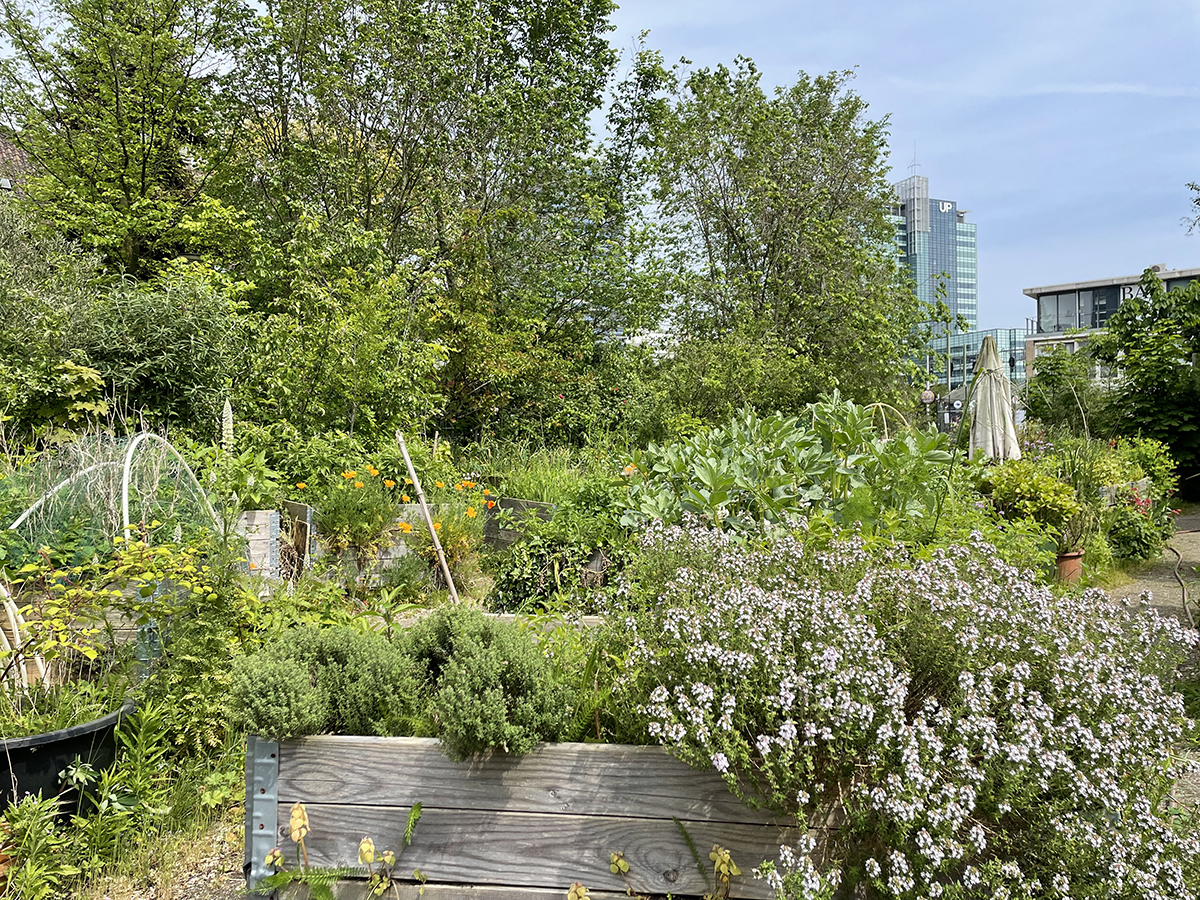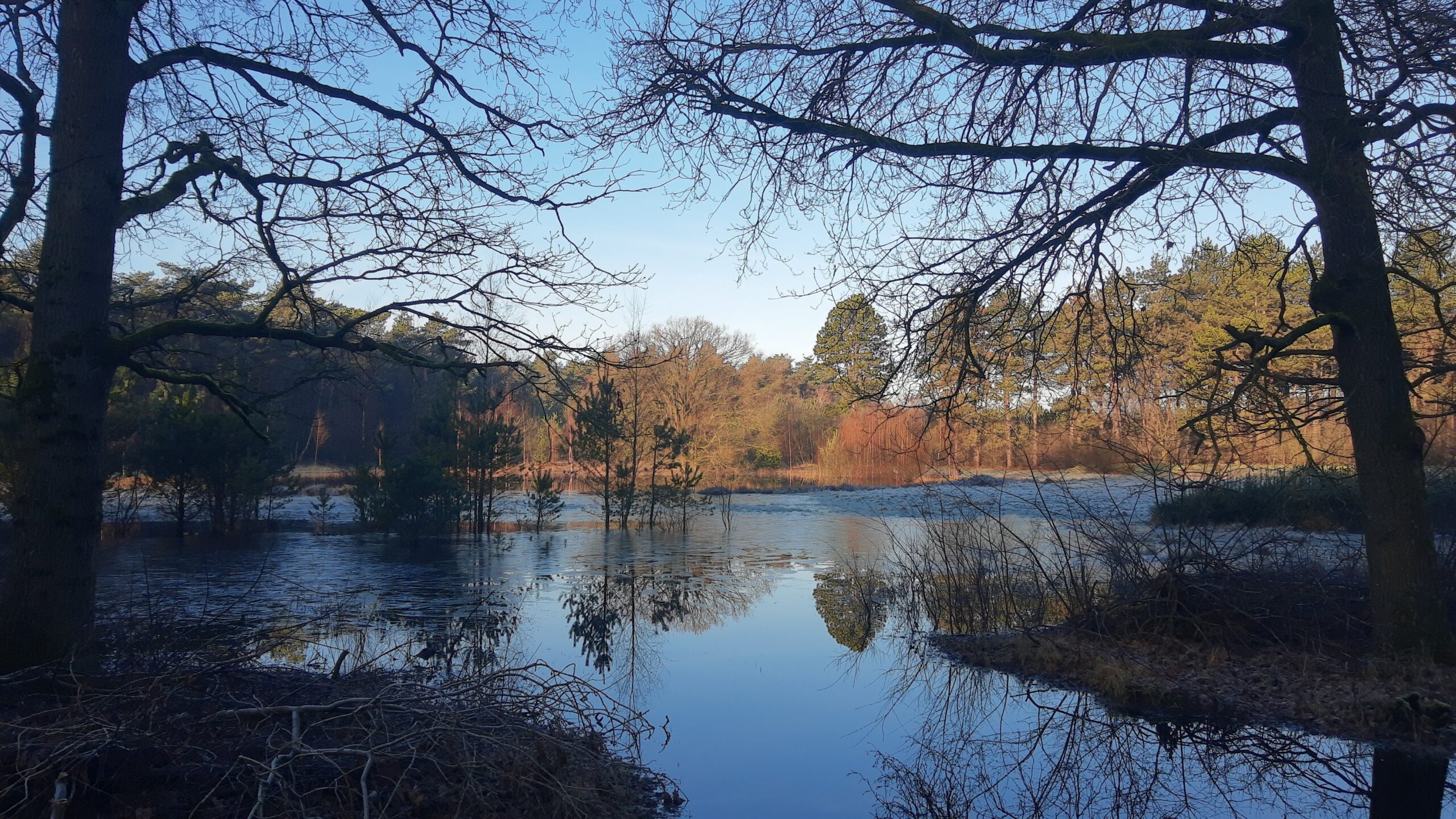I am trained as an architect and urbanist, but currently I am researching soil contamination in Amsterdam. What is an architect doing with soil? Cities are where the majority of the global human population resides. In fact, by 2100, eighty-five percent of us are projected to reside in urban areas. Cities will thus remain the site where most of us encounter complex and interconnected socio-ecological challenges. Soil contamination is one of those challenges.
Soil stores more carbon worldwide than is contained in all plant biomass above ground. Healthy soil prevents erosion and mitigates drought and flood due to its ability to absorb and store high quantities of water. Only recently has it become understood that soil requires continued care, urban soils included.
But soil ecosystems, like so many other ecosystems, are under increasing stress from anthropogenic activity. Globally, over a third of Earth’s soil is degraded or contaminated due to industrialization and modernization processes, particularly urbanization, which is a leading cause of deforestation and native habitat destruction.
Recognizing soil’s significance requires a paradigm shift in urban spatial planning and design. That is what my colleagues and I are working to develop now. A soil-positive form of urbanization, what some have called a ‘multispecies urbanism’, would not only lead to healthier soil (communities), but would also assist efforts to reduce emissions, improve the resilience of cities to climate change and adaptation, help restore biodiversity and provide much more open green space for our species and others alike.
With the upcoming European elections in June, it is essential we vote for progressive policies that support immediate action on the climate and the environment.


